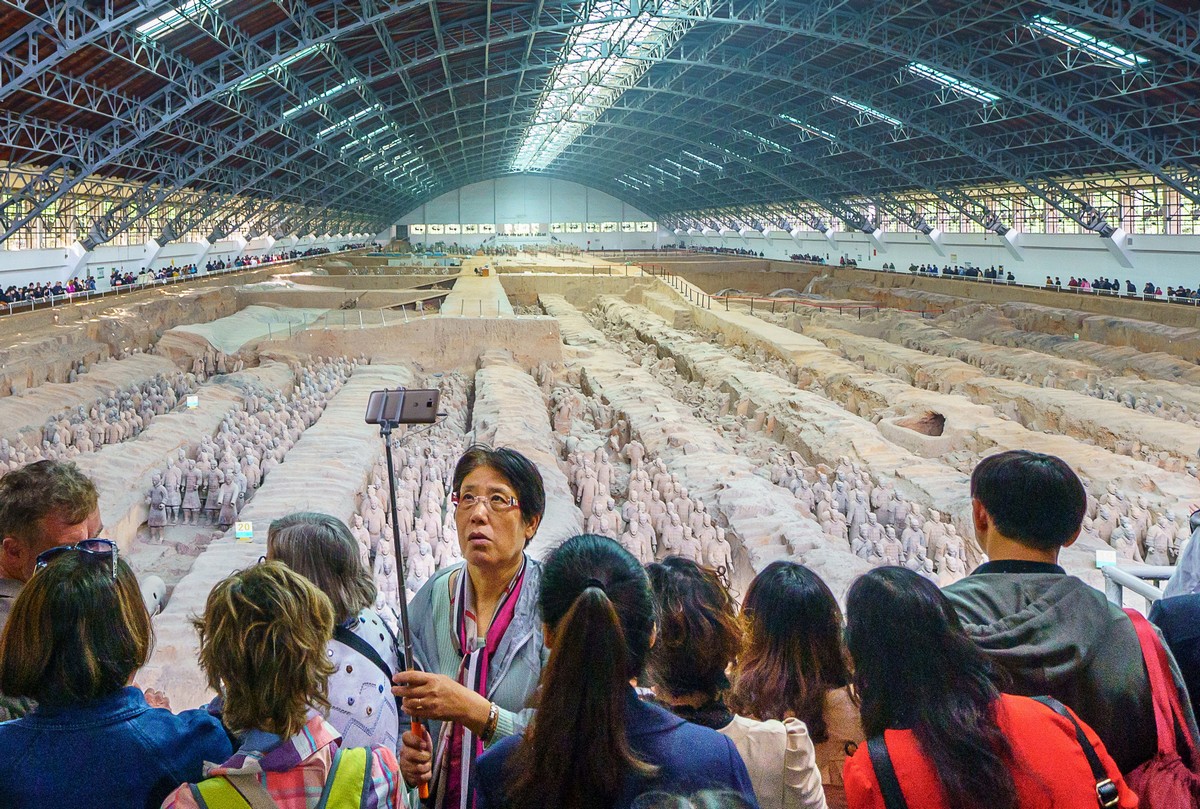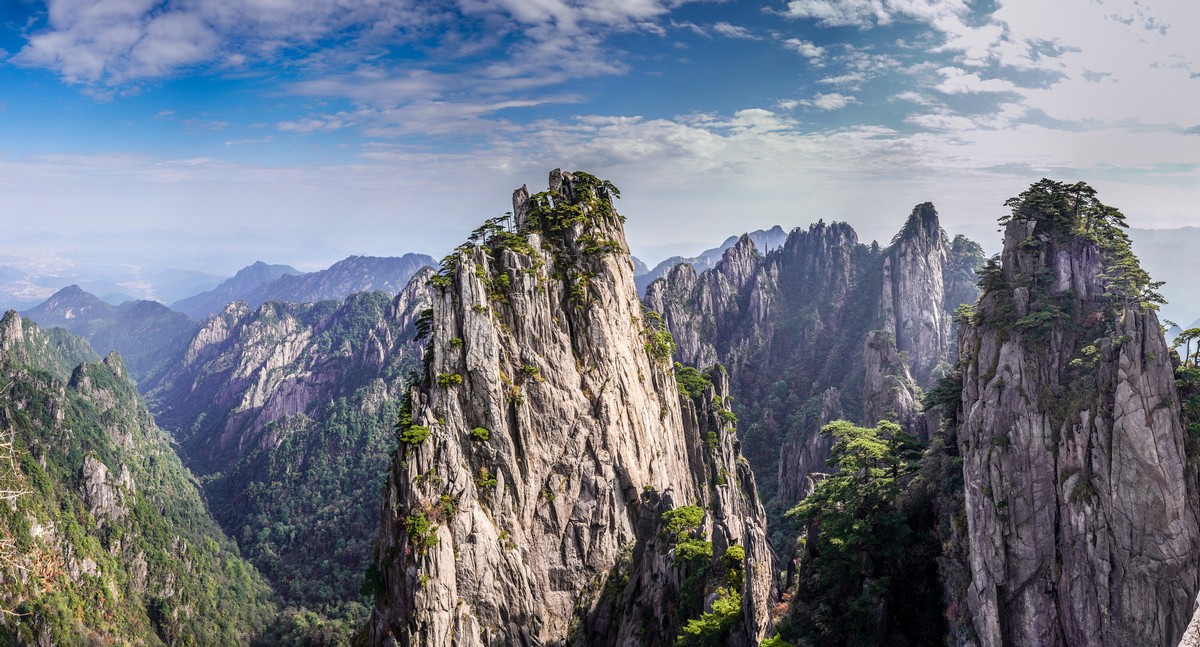January 18, 2019
Top-100: China. part 2: bonus track.
Hi folks!
Last month I published an update to the Chinese portion of my Top-100 Must-See Places in the World. Today I’ve got for you another list of places also in China, but these are the ones that didn’t quite make it onto the list. Runners up, as it were; B-sides; also rans… But don’t let this put you off – they’re still well worth a visit.
Bonus tracks:
Terracotta Army.
This place is of course well known, but you only truly grasp the scale and depth of the history when you see it in the flesh. Without doubt, a truly grandiose site. I’ve been there, and was very impressed.

 |
 |
 |
 |
 |
 |
 |




















